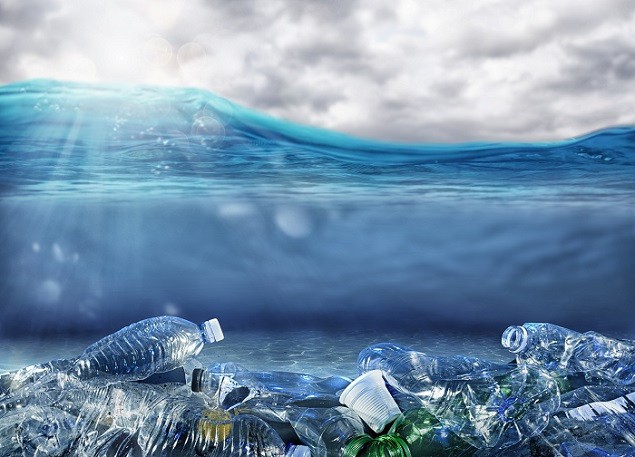The ATIN-BLUECO project and the battle against “oceans of plastic”

In a report published a few months ago, the OECD warned that by the year 2060, the amount of plastic waste being produced worldwide could triple. Entitled Global Plastics Outlook: Policy Scenarios to 2060, that report explains that during the next few decades, plastic pollution will become one of our most worrying environmental issues. Other studies, such as those performed by the Pew Charitable Trusts, have estimated that each year almost 13 million metric tons of plastic end up in our oceans. This is clearly a problem that requires urgent solutions, and the approaches now being applied include Earth observation (EO) projects that are able to detect the presence of wastes, along with advancement of the “blue economy”, which is based on efficient use of natural resources.
GMV has been working on developing a set of services focused on our oceans and seas, which make use of Earth observation technologies to allow detection of various types of objects. Those services are being incorporated into a common platform known as SIMONS. To detect plastic marine litter, GMV is combining machine learning techniques with Earth observation data provided by Europe’s Copernicus Sentinel‑2 program. This approach allows pixel-level classification and quantification of the portions of an image that contain plastics.
These technologies are now being applied in projects such as ATIN-BLUECO, which is being led by GMV and funded by the European Space Agency (ESA) as part of its Regional Initiatives program. The aim in this case is to develop and demonstrate data‑based approaches that incorporate Earth observation technologies, as a way to create solutions that can address the actual needs of all those working to keep the oceans clean.
As part of that project, GMV and its partners (the UK’s National Oceanography Centre, University College Cork, and SpaceSur) are pooling their experience in the fields of EO and IT, to design and create services that will allow delivery of actionable information to serve the needs of users and stakeholders. As explained by the project’s manager, Filipe Brandao, the services provided in the context of this project include detection and monitoring of marine pollution, evaluation of coastal erosion, and tracking of the ocean’s condition.
The link below leads to a website that explains some of the efforts already made as part of that project, which were focused on the coast of Argentina. That work took place as a joint test program created by GMV and the Argentine National Fisheries Research and Development Institute (INIDEP), as a way to validate the approach being used to detect marine plastics: https://www.youtube.com/watch?v=DDiY98kRSZc
ATIN-BLUECO is not the only project where GMV is using its technology to help protect our oceans. In Spain, the company has collaborated with the University of Vigo and the Institute of Mathematical Sciences to develop the BEWATS project. This work is focused on detecting, monitoring, and tracking the visible wastes that wash up on beaches and other shorelines in the region of Galicia, as a way to help establish effective cleanup strategies. BEWATS was funded by Spain’s Ministry for the Ecological Transition and Demographic Challenge, through the Pleamar program sponsored by its Biodiversity Foundation.
As another example, GMV began working in 2021 as prime contractor on the Plastic-Less Society (PLESS) project, which is being funded by the ESA and developed in collaboration with the IST Marine, Environment and Technology Research Centre in Lisbon, Portugal. That project has carried out a study to investigate the technical and economic feasibility of using space applications to help mitigate the environmental impacts caused by plastic waste.